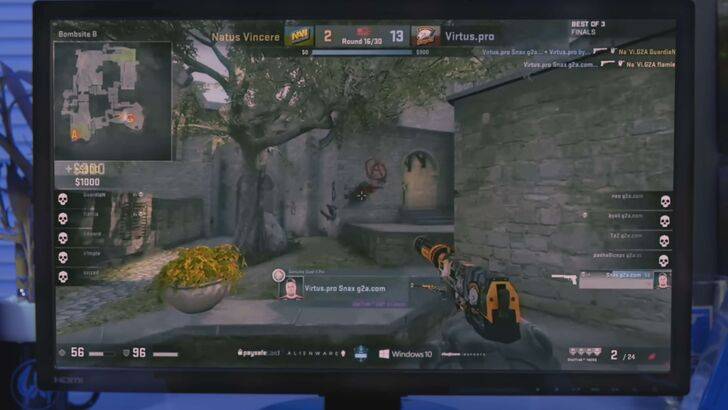The 2025 Game Developers Conference (GDC) State of the Game Industry report highlights a significant shift in game development focus. Let's delve into the key findings.

PC Dominance: A Growing Trend
The report reveals a striking 80% of game developers are prioritizing PC as their primary development platform, a substantial 14% increase from the 66% reported in 2024. While the exact reasons remain unclear, the report suggests the rising popularity of Valve's Steam Deck may be a contributing factor. Interestingly, although the Steam Deck wasn't a direct survey option, 44% of those selecting "Other" specified the Steam Deck as a target platform.

This trend builds upon previous years, with PC's dominance steadily increasing from 56% in 2020. While the emergence of user-generated content (UGC) platforms like Roblox and Minecraft, and the anticipated launch of the Switch 2, present alternative platforms, PC's market share continues its upward trajectory. The continued growth in PC game releases is a likely outcome. However, the Switch 2's potential performance and graphical enhancements could introduce a degree of market fluctuation.

Live Service Games: A Double-Edged Sword
The report also sheds light on the prevalence of live service games within the AAA development sector. A third (33%) of AAA developers are currently engaged in live service game development. Expanding this to all respondents, 16% are actively working on live service titles, with another 13% expressing interest. Conversely, 41% show no interest, citing concerns such as declining player engagement, creative limitations, potentially exploitative practices, and developer burnout.
GDC emphasizes the issue of market saturation within the live service sector, highlighting the challenges developers face in maintaining sustainable player bases. Ubisoft's recent closure of XDefiant, just six months after launch, serves as a stark example of this challenge.

Geographic Representation: A Note of Caution
A subsequent report by PC Gamer points to a significant underrepresentation of developers from non-Western countries in the GDC survey. Nearly 70% of respondents hailed from Western nations (US, UK, Canada, Australia), with notable absences from major gaming markets like China and Japan. This raises concerns about potential bias in the report's findings, suggesting the overall picture of the global game industry might not be fully captured.

In conclusion, the GDC report offers valuable insights into current game development trends, but acknowledging the potential limitations of its respondent demographics is crucial for a comprehensive understanding of the global gaming landscape.















